How to Become a Pilates Instructor in 2022
Posted By: Pamela Toy
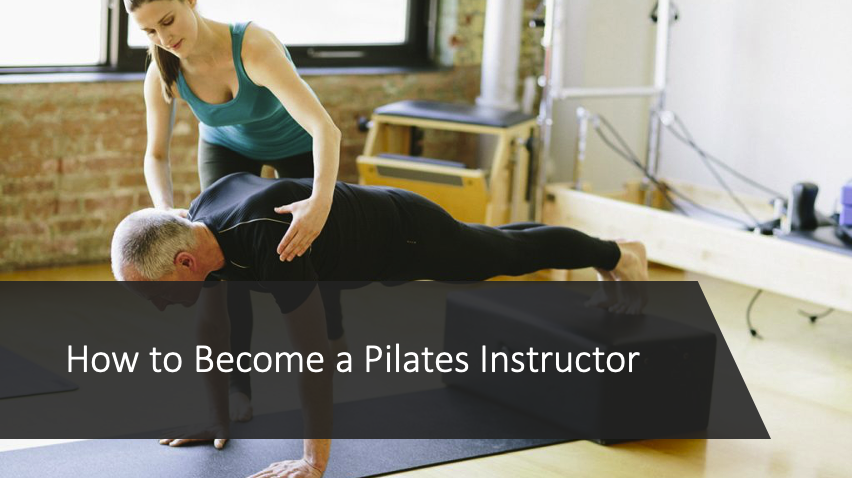
Successful Pilates instructors are disciplined in their practice and have knowledge of the proper ways to teach their clients safely yet effectively.
As a STOTT Certified Pilates instructor for over 12 years, I understand that the art of Pilates is not a one-and-done educational process. If you’re wondering how to become a Pilates instructor, then you’re in the right place!
In this guide, I will outline everything you need to do to become a successful Pilates teacher.
Let’s go ahead and jump in.
Here are the 8 Steps to Become a Pilates Instructor:
1. Take a Pilates Class
2. Choose a Style
3. Choose a Pilates Form
4. Select a Certification
5. Study and Complete Your Pilates Certification
6. Get Liability Insurance
7. Start Teaching!
8. Stay Ahead of the Curve
1. Take a Pilates Class
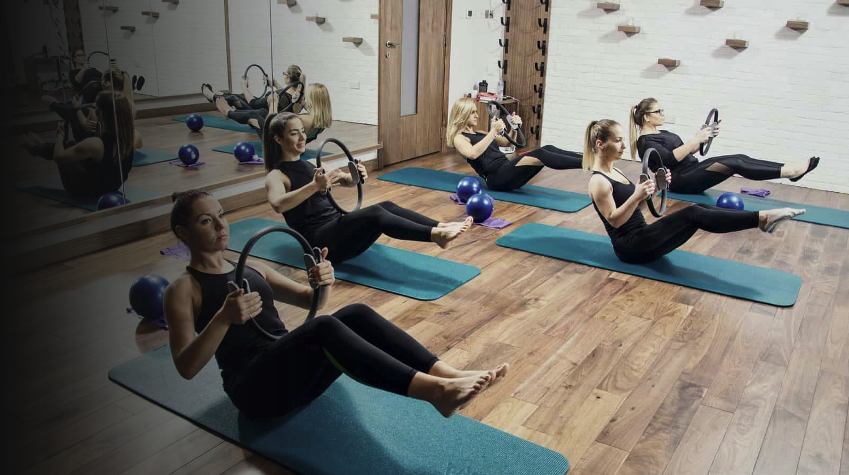
Before you start your journey, try out a class at a local Pilates studio. You can even take a trial class to see if you like it. I recommend trying out several studios to see which one you like best.
In the trial classes, you can ask questions and get more information about what it’s like to be a Pilates instructor.
2. Choose a Style
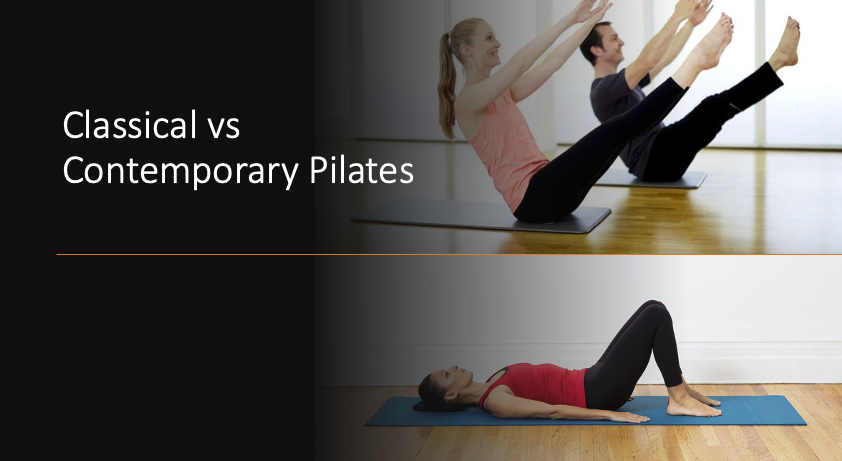
Once you’ve tried a few different Pilates classes, you can decide which style you enjoy the most. There are several different styles of Pilates that you’ll want to explore, with the two primary styles being Classical and Contemporary Pilates.
Contemporary Pilates
Contemporary Pilates is a more fast-paced style of Pilates. It includes more strength training and focuses on developing core strength and building lean muscle.
Classical Pilates
Classical Pilates is often considered the truest, most authentic style of Pilates. It is a slow-paced class with continuous, flowing movements. Joseph Pilates developed this style, and it’s still practiced today.
Check out our full breakdown on the key differences between classical and contemporary pilates!
3. Choose a Pilates Form
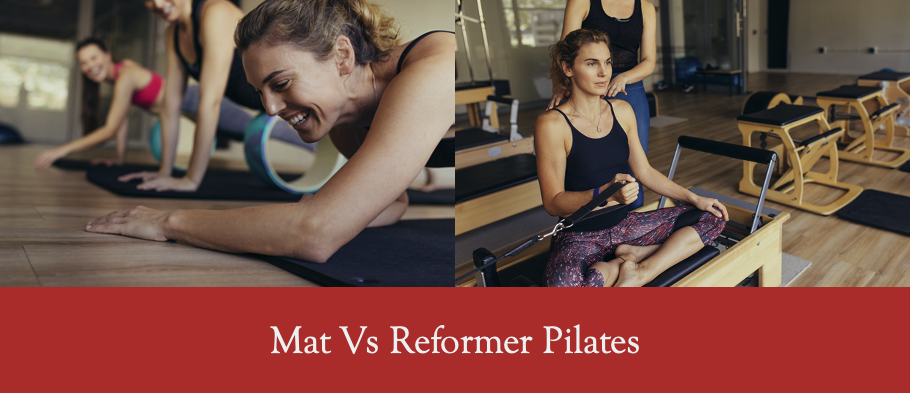
Once you’ve chosen your style of Pilates, you’ll want to decide whether you want to focus on a specific form of Pilates. The form usually dictates the type of Pilates Machines that you use in your classes. There are several different forms that you can focus on, with the two most common being Mat and Reformer Pilates.
Mat Pilates
Mat Pilates is a form of Pilates that is done on a Pilates mat. It focuses on developing strength, flexibility, and coordination, while also improving posture and balance. This is the most accessible form of Pilates.
Reformer Pilates
Reformer Pilates is a form of Pilates that focuses on improving flexibility, strength, and coordination while also improving posture and balance. This form of Pilates is done with a reformer machine that has springs and bars.
Chair, Cadillac and Barrell Pilates
There are many other forms of Pilates, including the chair, Cadillac, and barrel. These forms are slightly less common than the ones above, but they’re also just as effective.
When choosing a specialization, you want to make sure you are trying out each one before you make your decision because you may find that one form is more suited to your style than another.
Check out our full breakdown of mat vs reformer pilates here!
4. Select a Certification

After you’ve decided on your preferred form, you need to choose a Pilates certification. There are several different certifications that you can choose from, each one specific to a certain form of Pilates.
How much does a Pilates certification cost?
Depending on the certification you’re looking to receive and at what level, you can expect to pay anywhere from $100 to $300 for a basic level 1 Pilates certification. However, a more comprehensive certification can cost anywhere from $3,000 to $6,000 (or possibly more)!
How long are these certification programs?
If you’re looking to get your certification in Classical Pilates, you’ll also have to undergo 50 to 75+ hours of training in this specific style. Depending on your chosen certification, you may also have to undergo a specific number of teaching hours before you can start teaching solo.
Now, if you’re going to choose Contemporary Pilates certification, your hours of required education and observation may increase due to the more intense nature of this style. For example, to become a certified STOTT Pilates instructor, total hours of education (including supervised teaching, observation, and review) can total up to 310 hours.
5. Study and Complete Your Pilates Certification

After you’ve done your research and found the certification that’s right for you, you can study and complete your certification. A Pilates certification course will teach you the fundamentals of teaching Pilates and how to work with clients safely and effectively.
The completion process will take time! Do not rush through it. This will ensure that you are studying both classic and updated information to ensure your certification is a quality one.
6. Get Liability Insurance

If you’re going to be a Pilates instructor you need to have a quality liability insurance policy. This will protect you and your clients in the event of injury.
How much does it cost Pilates Instructors to get liability insurance?
Your liability insurance should also include coverage for your equipment, as well as your studio space, if applicable. Depending on the policy you choose, the average liability insurance policy for a full-time instructor can cost anywhere between $500 and $1000 per year.
7. Start Teaching!
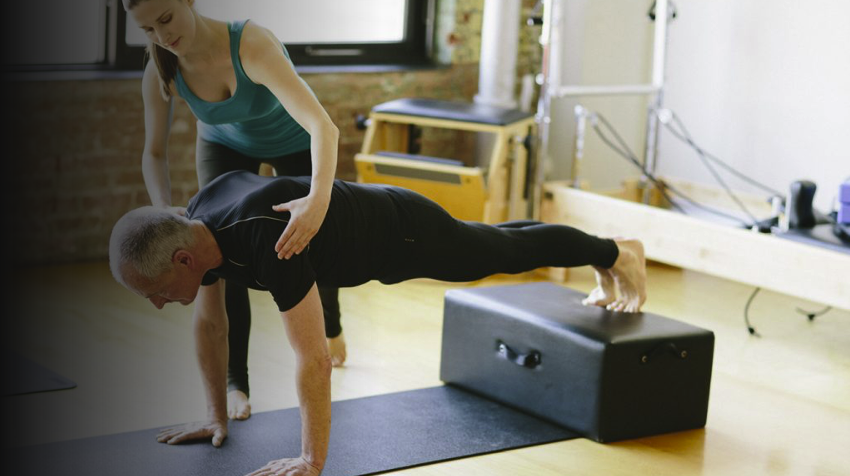
Once you’ve completed your certification and you have your liability insurance, you can start teaching. I highly suggest researching local Pilates studios hiring a certified instructor when you’re first starting.
This allows you to work with someone who can help you further your experience until you are more confident in teaching on your own or even opening your studio!
8. Stay Ahead of the Curve
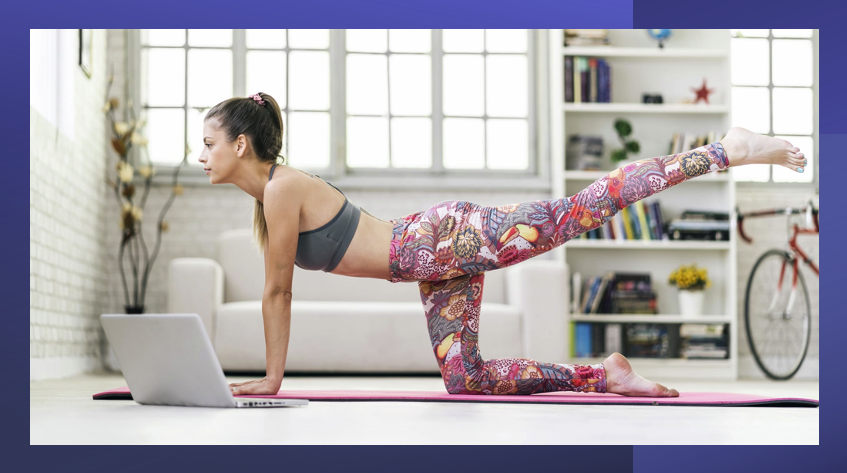
Getting your certification and getting a job as a Pilates coach isn’t the end of your journey – oh no. You’ll want to make sure you continue to take classes and invest in some supplemental study materials, such as online Pilates classes, videos, apps, and even textbooks.
The art of Pilates is always evolving, and that means you need to be able to grow alongside it. Not only will that help you stay ahead of new trends, but it will also help you serve your clients better as you continue to study, learn, and grow as a teacher.
Whether you’re a beginner or an advanced student, you should always strive to learn more about Pilates. If you’re interested in becoming an Pilates coach, you should try taking a Pilates instructor training class!
There are many benefits to becoming a Pilates instructor, including sharing a healthy lifestyle with your clients and earning a living doing something you love.
Ready to get started? Contact us today to find a session that works for you!
Related Posts

